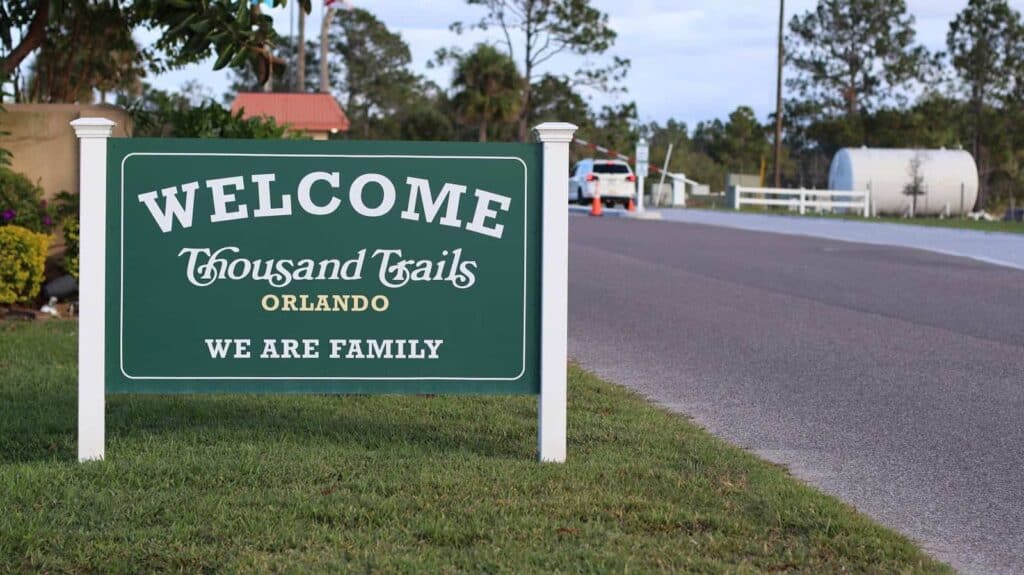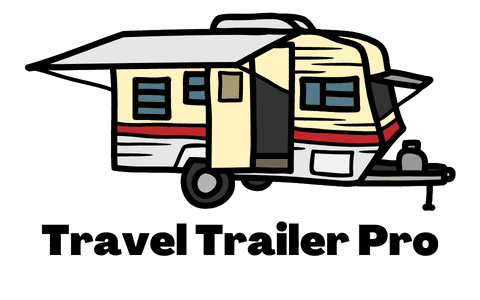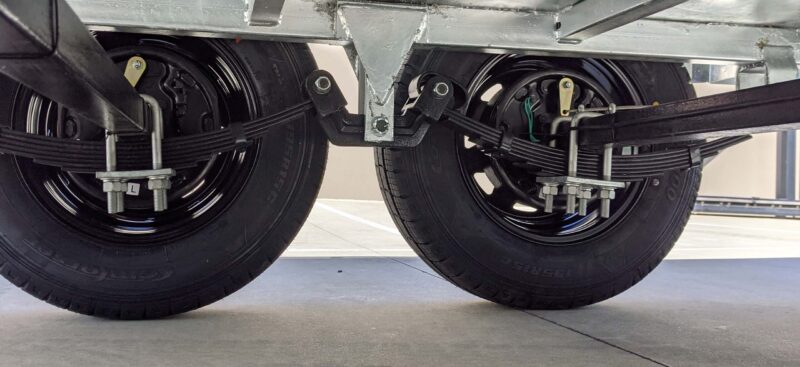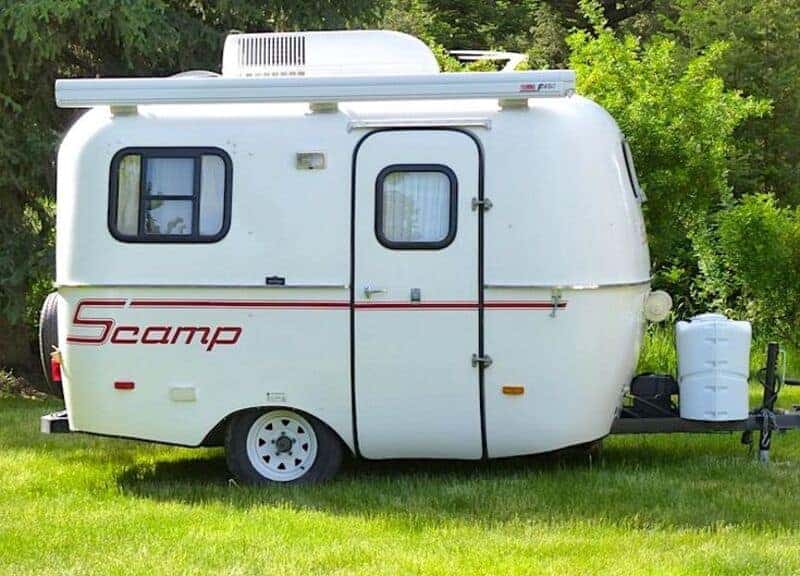Understanding the intricacies of RVing can significantly enhance your traveling experience. One guideline seasoned travelers often resort to is the 3/3/3 rule for RVing.
While not universally known, this rule has proven its worth in making RV journeys more relaxing and enjoyable.
RVing’s beauty lies in its unparalleled sense of freedom and adventure. The prospect of an unending road, the spectacle of evolving landscapes, and the opportunity to discover new places at your leisure is an experience in a league of its own.
However, having a set of guiding principles can be immensely helpful in navigating these exciting ventures more smoothly. That’s precisely where the 3/3/3 Rule fits into the picture.
In this blog post, we dissect the 3/3/3 Rule for RVing, explain its components, and provide practical tips on how you can apply it to your RV adventures.
Understanding the 3/3/3 Rule for RVing

If you’re an RV enthusiast, you know RVing is about more than just hitting the road; it’s about embracing a lifestyle of exploration and freedom.
However, following some guidelines is beneficial for making the most of your journey and ensuring it remains enjoyable.
One such guideline, which many seasoned RVers swear by, is the 3/3/3 Rule.
The 3/3/3 Rule provides three straightforward and practical tips for RV travelers:
Limit Your Daily Travel to 300 Miles:
By keeping your daily travel distance to a maximum of 300 miles, you ensure the journey remains comfortable and enjoyable and significantly reduce the risk of driver fatigue.
Reach Your Destination by 3 PM:
The second 3 suggests arriving at 3 PM. By arriving mid-afternoon, you can set up your RV, relax, and enjoy your evening. It also allows you to maximize daylight hours, which is practical when navigating unfamiliar territory.
Stay for a Minimum of 3 Days:
Finally, the rule recommends staying at each destination for at least three days. Staying put for at least three days allows you to explore and appreciate the local area without rushing. It also ensures you have enough time to rest before embarking on the next leg of your journey.
By following these guidelines, you can enhance the overall experience of your RV travels, ensuring you get the most out of each destination.
Why Follow The 3/3/3 Rule For RVing?
The 3/3/3 Rule for RVing offers a simple yet effective guideline for those who enjoy the open road in their recreational vehicles.
Let’s explore the reasons this rule can enhance your RVing experience:
- Fatigue Prevention: Traveling only 300 miles is a great way to prevent exhaustion. It keeps the journey enjoyable and safe, ensuring you’re always alert and ready for any surprises the road may offer.
- Daylight Driving: By aiming to reach your destination by 3 PM, you avoid the potential hazards of night driving. This is beneficial when you’re on unfamiliar roads, enhancing safety and reducing stress.
- Vehicle Maintenance: Staying at each location for at least three days provides ample time to perform regular checks on your RV or tow vehicle. Taking a proactive approach to vehicle maintenance helps keep your vehicle in good condition and reduces the likelihood of unexpected driving problems.
- Slow Travel: The 3/3/3 Rule encourages you to take your time and fully appreciate each location. You won’t feel hurried to move on too quickly, which can significantly enhance the enjoyment of your trip.
- Pre-planning: Following this rule requires some forethought, ensuring you have a clear plan for your journey. This can lead to smoother, more organized travel.
- Rest and Relaxation: Spending at least three days at each location gives you time to rest and recharge before hitting the road again. You’ll start each leg of your journey feeling refreshed and ready for new adventures.
- Exploration Opportunities: Spending enough time at each destination allows you to appreciate what it truly offers. It encourages exploration and getting to know different locations, enhancing your overall RVing experience.
- Save Money on Gas: Since Susan and I have started staying longer at each campground we visit, we have noticed that we aren’t spending as much money on gas every month.
How Far Can You Travel In An RV In One Day?

As an RV enthusiast, you may often wonder how far you can travel in one day. The answer is more complex than you might think.
It’s not just about the hours or miles; it’s about comfort, driving safety, and the overall enjoyment of your travels.
The maximum travel per day for most people is 12 hours, but let’s be clear—this is extreme. You’re not in a race, and there’s no need to push yourself to travel for this long. Remember, the joy of RVing lies in the experience itself, not just the destination.
On longer days, it’s best to share the driving responsibility. Having two drivers can significantly reduce fatigue and make the journey more enjoyable.
An eight-hour travel day is usually more than enough, allowing time for breaks and enjoying the scenery.
However, the number of miles you cover isn’t the only factor to consider. Your location plays a significant role, too.
For example, driving in the mountains, navigating city rush hours, or dealing with adverse weather can make a four-hour day feel like a ten-hour one.
So, pay attention to your feelings rather than focusing solely on the miles you’ve traveled. Listen to your body and take breaks when needed.
Do You Need To Keep A Logbook When Towing An RV?
When towing an RV, many wonder if keeping a logbook is legally required.
The straightforward answer is no. Maintaining a logbook is not required when you’re on a leisurely journey with your RV.
However, just because it’s not a legal requirement doesn’t mean it’s not beneficial.
Some RVers keep track of their mileage for personal reasons, including budgeting, maintenance reminders, or recording the distance they’ve covered in their travels.
Keeping a logbook can help you understand how much ground you cover on each trip and plan future travels accordingly.
It can also help you keep track of fuel consumption, which can be helpful when budgeting for trips.
If you need to schedule regular maintenance or inspections for your RV, a logbook can remind you when these are due based on the miles traveled.
What Is The Best Time To Arrive At A Campground?

Timing your arrival at a campground can make a significant difference in your camping experience.
Here are some guidelines to consider:
- At Check-In Time: Most campgrounds have a specific check-in time, often in the early afternoon. Arriving after this time ensures your site is ready and waiting for you.
- While It’s Still Bright Out: Setting up an RV can be challenging in dim light. Therefore, arriving while there’s still plenty of daylight is advisable to familiarize yourself with the surroundings to set up safely and comfortably.
- Avoid Peak Times at Busy Campgrounds: If you’re heading to a popular campground, consider arriving a few hours before check-in. This strategy can help you avoid long queues of campers all vying to get settled simultaneously.
Is It Safe To Tow An RV At Night?
Towing an RV at night can be a mixed bag. While technically possible and sometimes necessary, it’s best avoided.
Here’s why:
- Visibility: Reduced visibility is the most obvious challenge of night-time driving. Even with good RV lights, seeing road markings, signs, and potential hazards at night is harder. If you’re traveling in unfamiliar areas, this can add an extra layer of difficulty.
- Fatigue: Driving at night often means battling against your body’s natural sleep rhythms. Even if you’re well-rested, the darkness can make you feel more tired and less alert. When towing an RV, it is crucial to maintain more concentration than when driving a regular vehicle.
- Unfamiliar Areas: If you’re traveling in an area you don’t know well, navigating can be trickier at night. Missed turns and unexpected road conditions are more likely, which can lead to stress and delays.
If you absolutely must travel at night, there are a few precautions you can take to increase safety.
Ensure you’re well-rested before setting off, and take regular breaks to avoid fatigue.
Make sure your headlights are working correctly to maximize visibility. And stick to routes you’re familiar with.
Final Thoughts About The 3/3/3 Rule For RVing

The 3/3/3 rule is a guiding principle many RVers use. When traveling, strive to drive at most 300 miles or for only 3 hours and arrive at your destination by 3 PM.
But like any guideline, it’s not a hard-and-fast rule you must strictly follow, but a suggestion to make your RV travel experience more enjoyable.
Driving for extended periods can be tiring, particularly when towing an RV.
Limiting the driving time to 3 hours or 300 miles can help prevent driver fatigue and ensure you’re always alert on the road.
Arriving at your destination by 3 PM has its benefits as well. It allows ample time to set up camp, relax, and meet fellow campers.
However, what’s most important is to understand your comfort level and adapt this rule to your needs.
For you, the perfect balance may be driving 200 miles or arriving by 2 PM. Other times, you may prefer to go longer to reach a specific destination.
You’re on the right track as long as you prioritize safety and enjoyment.
Related Reading:
– Do You Really Have To Use RV Toilet Paper?
– 10 Most Common Travel Trailer Repairs And How To Avoid Them
– Space Heaters For Campers: Are They Safe?
– What Are Casette Toliets And How Do They Work?
About the Author:
Mike Scarpignato is an avid RVer who owns a Class C RV and a Class A RV. He loves to travel with his wife Susan and write blog articles about the RV lifestyle.
Mike and Susan also make YouTube videos on the RVBlogger YouTube channel.




